Miscellany Mondays: POPCORN – An American Icon, Part 1
From Campfire to Circus Ballyhoo to Microwave
Today, we welcome new History Buzz writer, Martha Tubinis. Martha is the History Center’s Director of Programs. She is a recent graduate of the Tufts University Museum Studies program. In her own words, Martha’s “obsession with popcorn” inspired the research paper that became a two-part series on the history of popcorn.
POPCORN – From Porridge to American Icon
Martha Tubinis
One of my favorite classes in graduate school was called, “Material Culture.” We spent a semester studying everyday objects. Boring right? Hardly! Material culture is about putting into historical context the evolution of manmade objects and the culture surrounding their creation, particularly as it pertains to function. We studied everything from telephones, to Venetian oar locks, to furniture.
What every day object to choose for my final paper? Well, given my obsession with popcorn I chose to write about the Whirley Pop popcorn popper. It’s a fascinating story about the marriage of corn, popper function, and culture. And just to give you a hint about all that, refer to the photos below where you can see the Whirley Pop popper and the 19th century popper we have in our collection at ACHC. Big difference between the two appliances, just at a casual glance!
So, how did Americans go from a rudimentary wire mesh popper with a wooden handle to a seemingly complicated looking Whirley Pop popper? Read on!
About popping corn
First, a brief history of popping corn.
There are 6 types of corn, popping corn being one of those. Popping corn generally has smaller ears, stalks grow more than one ear, and the yield per acre is less than normal corn. Popcorn kernels come in three shapes – rice, pearl and South American, pearl being the type of most commercial popcorns.1 (p.6)
Anthropologists contend that maize evolved in Mexico, Guatemala or Honduras about eight thousand years ago. (p.12) They suspect that corn comprised about 80% of the diet at the time and evolved into a sacred food source for the Mayas and Aztecs. In Chile,12th century burial sites were found with bowls or bags of popcorn flakes and very small cobs alongside mummified bodies. (p.14)
There are many written accounts of Native Americans eating what was referred to as “parched corn.” It was probably flint corn versus what we know today as popcorn. Raw corn kernels were placed in hot embers or a pot with sand, stirred over the fire, popped and then picked out of the embers or sand. It was then crushed and carried in deer or bearskin pouches and mixed with water to make a porridge. It was a main source of sustenance for travelling Native Americans.

The allure of popping corn kernels has obviously existed for centuries. Just what is it about popping corn that attracts young and old all over the globe?
It’s an experience that grew to engage all five senses. The multisensory experience became enhanced by changes in how it is popped, how it is eaten, and the eating venue. Popcorn has evolved into an American icon, despite some cultural setbacks in popping technology.
Evolution of the Popcorn Experience
The modern-day obsession with popcorn in its many constructs originated in 19th century America.
Andrew F. Smith, popcorn connoisseur and author of Popped Culture, contends that,
. . . its pop was inherently mysterious, particularly to young people. (p.52)
It was a treat that could take many shapes. It was commonplace to sculpt popcorn figures, flowers and wreaths. (p.39) Mid-19th century Christmas celebrations evolved into a child-focused holiday. One result of that evolution is that popcorn became associated with the holiday celebration. Children added molasses and other sweeteners to popcorn and formed popcorn balls, which they wrapped and presented to guests as gifts. Some parents enclosed small gifts inside the balls.
This era marks the beginning of the tradition of threading popcorn and cranberries into garlands to decorate Christmas trees, which lasted well into the twentieth century. (p.40) This association between Christmas and popcorn helped to reinforce it as a mainstay in 19th century America.
The popularity of popcorn 19th century America can be attributed to several other factors. It was inexpensive and easily grown in a farmer’s field or a domestic garden. Additionally, preparation only required a fireplace, campfire or stove. (p.52)
Aiding the process of popping corn was the advent of the crank and gear corn cob sheller. The sheller was invented in 1839 by Lester E. Denison of Connecticut.
The entire cob was placed in the machine and pushed through a series of metal toothed cylinders which served to strip the kernels from the cob. Popping corn from the kernel versus from the cob is a much more efficient way to pop.
Adding flavors to popcorn
Plain popcorn’s lack of a distinctive flavor rendered it an ideal ingredient to which a variety of flavorings were added. (p.52) Recipes suggested adding honey, corn or maple syrup, sugar, marshmallow, nuts, raisins, coconut, peppermint, chocolate, and strawberry. (pp. 61-64) Mixed with the popped corn they were then formed into balls, bricks, cakes, candy or squares. (pp.174-179) The confections were sold at parks, circuses, and carnivals. (p.26)
Smith argues that the aroma while being popped is so pleasing that it is forever ingrained in the brain. Reinforcing this science, Smith contends, then and now,
. . . popcorn is agreeable to Americans because of its association with enjoyable occasions” (pp.35-36)
19th Century and Early 20th Century Poppers
The evolving appeal and popularity of popcorn in the 19th century is interestingly not matched by an evolution of popcorn poppers until the second half of the century.
Until then, some people just threw the popcorn into the fire and then plucked it out for eating. Those who possessed a popper fashioned it at home by shaping wire into a cage-like device and adding a wooden handle, like the model we have in our collection. Also used were sheets of punctured iron folded to make an enclosed cylindrical popper which was rotated over the fire.2
Others placed the corn in a kitchen kettle or cast-iron frying pan with lard or fat, popped it over a fire and then picked the popped corn off the top of the melted fat. But with wood stoves, maintaining a constant temperature over a fire was nearly impossible. These rudimentary cooking methods often resulted in burned, smoky, greasy and often dirty popcorn. (p.27)
Regardless of the popping method, popping corn was a fun and appealing activity.
Post-Civil War America brought a plethora of popcorn popping contrivances
Inventors found inspiration from coffee and peanut roasters. (p.28) Author Andrew Smith analyzed 19th century patents and discovered several creative poppers. (p.223)
The first patent for a popper was for William Orberton from nearby Haverhill, Massachusetts. His concept was that a round basket would be easier to rotate over an open fire versus the square baskets of the time which required an inefficient back and forth shaking motion.
A woman in Wisconsin invented another round popper designed to fit in the circular hole of a stovetop opening. She added a long handle to avoid burning hands and a bolt on the handle that would open the two semicircular sections as added protection when pouring out the popcorn.
Smith also found a patent from the 1860s for a crank and gear style popper like the Whirley Pop popper. The inventor, from Illinois, created a popper with the crank in the handle which was attached to a basket. Later, he added a spring latched mechanism for opening the popper to release the popped corn.
It doesn’t appear that any of these poppers met with wide scale distribution until the 1870s. That’s when mass manufacturing and distribution of poppers began in earnest with the Wickwire brothers of Cortland, New York. They sold a wire type popping basket. (pp.28-30)
Crank and gear technology dominated small housewares from the colonial times all the way through the 1930s when electric appliances became widely available.3
In 1927, you could find all of these crank and gear tools in the Sears, Roebuck catalog:
Ice cream freezer, pepper and spice mills, lemon squeezer, flour sifter, cork puller, coffee grinder, apple parer, vegetable slicer, clothes washers, wringers/mangles for laundry, butter churner, and peanut and coffee roasters.
It is not surprising then that crank and gear popcorn poppers made an appearance in the appliance market. Crank and gear technology was familiar, predictable and comfortable to Americans.
Popcorn poppers using this technology were popular right through the vintage 20th century poppers available today for sale on the internet, eventually incorporating electricity into the design.
How about you? Have you ever used a vintage popcorn popper? Or popped corn over a campfire? What’s your favorite way to eat popcorn? Butter and salt, or maybe caramel corn?
Leave a comment below! We love hearing from History Buzz readers.
What comes next? Stay tuned for Martha’s next Miscellany Mondays post. She’ll dive into circus culture, the 1893 World’s Columbian Exposition, C. Cretor’s Popcorn Wagon, amusement parks, Orville Redenbacher, and, yes, hot air poppers and the microwave oven.
Thanks for reading!
Popped Culture: A Social History of Popcorn in America by Andrew F. Smith; Columbia:
University of South Carolina Press, 1999. The paperback edition was released by the Smithsonian Institution Press in April 2001. This book is reference and footnoted throughout the post. http://andrewfsmith.com/books/popped-culture
History of Popcorn Poppers: Popcorn Poppers through the ages, https://ia-popcorn.com/history-popcorn-poppers/
Dinner Roles: American Women and Culinary Culture, Inness Sherrie A., Iowa City: University of Iowa Press, 2001, page 79


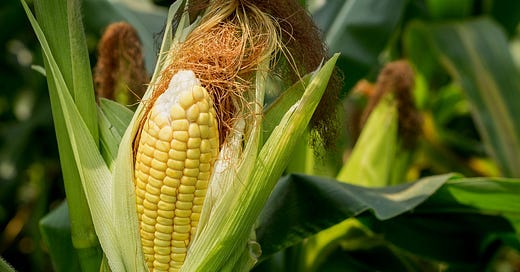




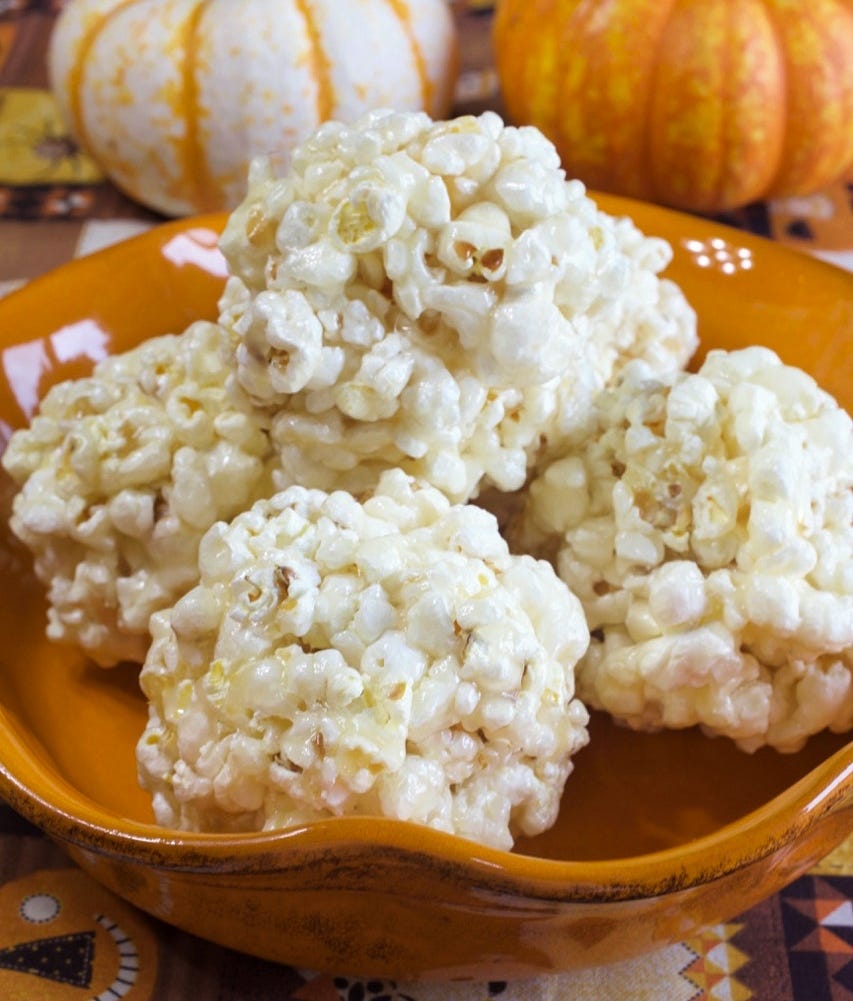
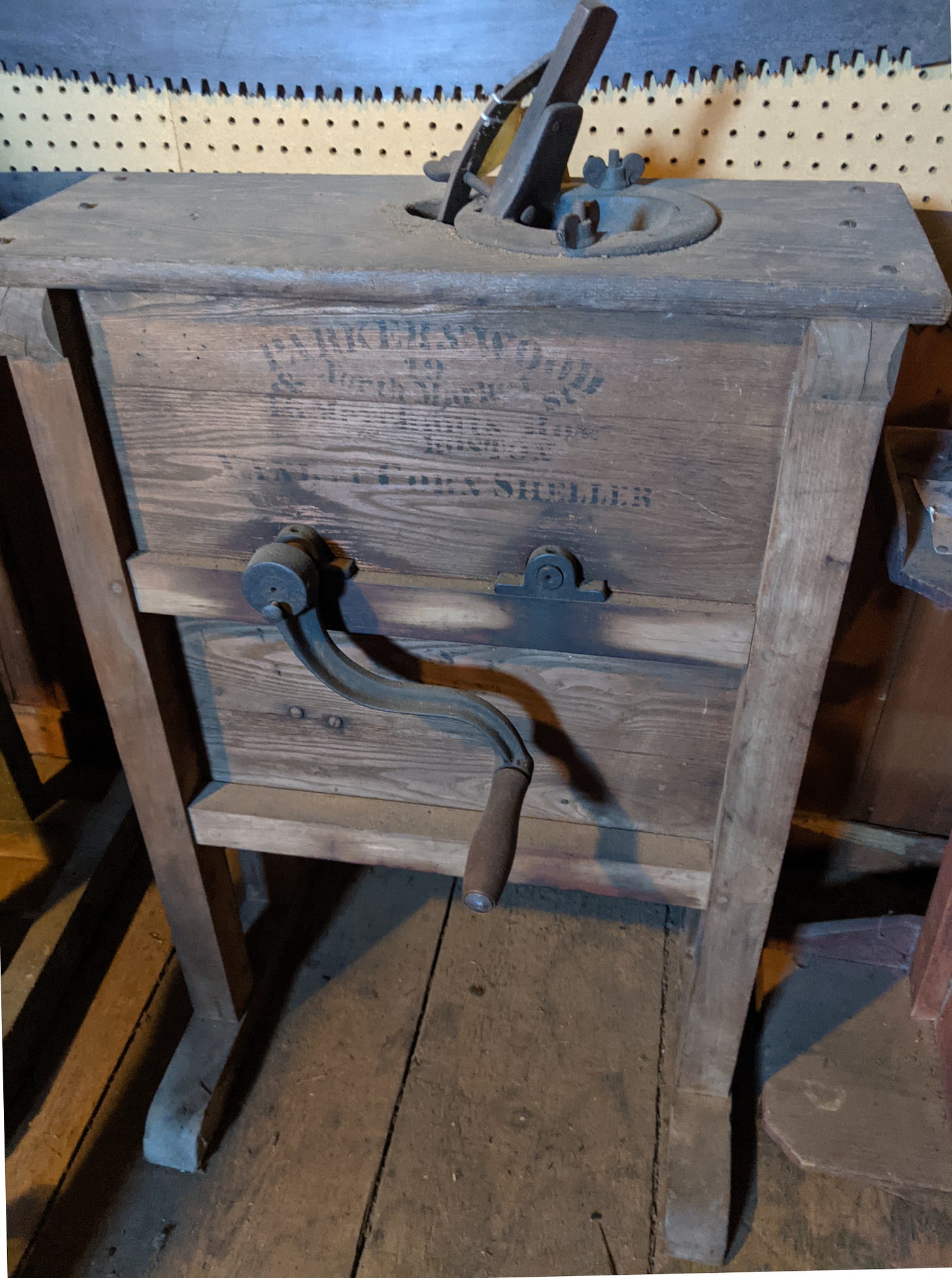
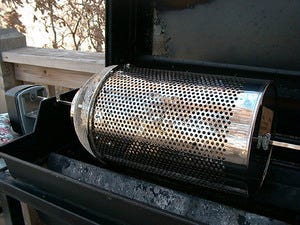
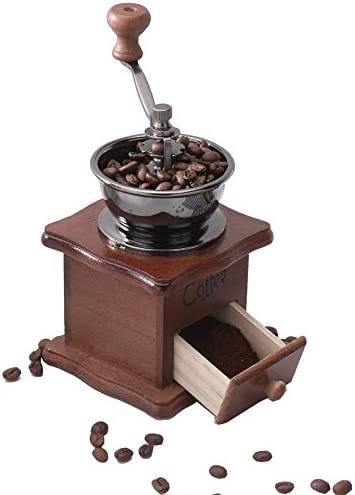

Great story Martha! We had Popcorn every Sunday night. Dinner was always after church so for Supper we had sandwiches and a bowl of popcorn while watching Disney and Bonanza. Mum used vegetable oil, covered with kernels in a covered pot on the stove, shaking it gently when it began to pop. Salt was the only garnish.
Fun to read, Martha, and so nice to see that you are still making use of your museum studies experience! PS -- thanks to you, I had popcorn last night :)